[10000印刷√] dog endotracheal tube size chart 239221-Veterinary endotracheal tube size chart by weight
Results There were statistically significant increases in resistance as the endotracheal tube size increased (p = 0003)When P cuff was mmHg, mean P leak for the 60, 70 and 80% treatments were 97 ± 67, 162 ± 42 and 174 ± 39 cmH 2 O, respectively, but no significant differences were found When P cuff was 25 mmHg, mean P leak for the 60, 70 and 80% treatments were 106 ± Endotracheal Tube Size Chart Updated 9/25/19 Endotracheal Tube Size 1 2 5 3 5 6 6 7 7 8 11 8 12 14 9 15 10 21 30 12 31 ≥ 14 Endotracheal Tube SizeChart 2 Laryngoscope handle, checked for sufficient battery power 3 Proper size cuffed endotracheal tube with 10ml syringe and stylet, see chart for sizing 4 Jackson Reese resuscitation circuit 5 Ambubag 6 Proper size face mask 7 Proper size nasopharyngeal airway 8 Proper size oral airway 9 End tidal CO2 detector 10 Stethoscope 11
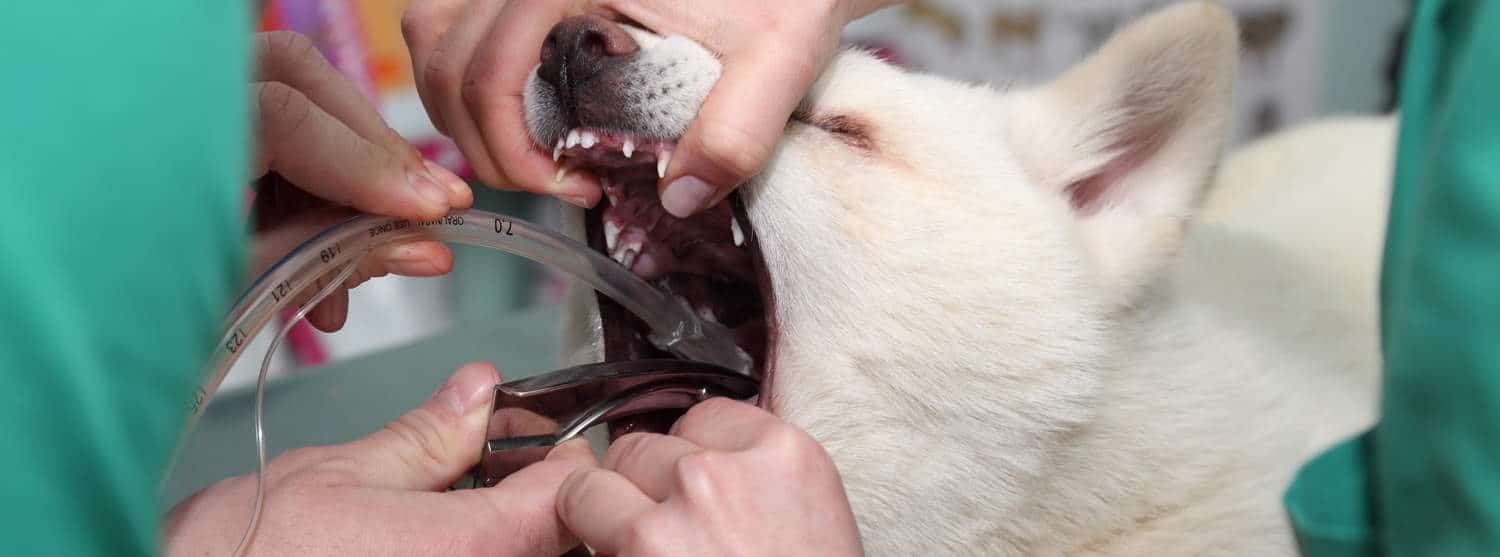
Endotracheal Intubation Yes Veterinary Nurses Can Learn It Too Australian College Of Veterinary Nursing
Veterinary endotracheal tube size chart by weight
Veterinary endotracheal tube size chart by weight-The correct size ET tube can usually be estimated from birth weight as shown in Table I If a tube does not pass easily and seems to fit tightly, or there is no gas leak when pressure is applied to the lung, change to the next smaller tube 2 It is easier to insert the endotracheal tube if an endotracheal tube guide (stylet) is used Ultimately, the intended purpose and duration of intubation should govern the choice of size In 1928, Magill suggested "the largest endotracheal tube which the larynx will comfortably accommodate" 1 Even 30 years ago, it was common practice to place 90 or even 100mm tubes for males and 80mm tubes for females



Endotracheal Tube
Coated Endotracheal Tube Market Overview The Global Coated Endotracheal Tube Market was valued at $1,629 million in 16, and is estimated to reach $2,518 million at a CAGR of 63% from 17 to 23 Endotracheal tubes are medical devices used for intubation into the trachea to maintain an open airway and to administer certain drugs 6 Equipment needed for ET intubation • Appropriate sized Endotracheal tubes • Cotton bandage or IV tubing to secure tube • A gauze sponge to grasp the tongue • A syringe to inflate the cuff (12ml for small animals and ml for large animals) • A good examination light • Lidocaine spray or solution to control laryngospasms in cats• Selecting the correct laryngoscope and ET tube takes practice As an approximate guide, a 10mm tube fits the trachea of an average kg dog and an 8mm tube fits a 10 kg dog Select the size you think you will need plus one smaller and one larger (ie a total of three ET tubes) • Brachycephalic dogs can require smaller diameter tubes
Tubes and tracheasall about endotracheal tubes and lesions in difficult intubations (Proceedings) Susan Bryant, CVT, VTS (anesthesia) Endotracheal tubes are usually made from silicone, polyvinyl chloride (PVC) plastic or red rubber Endotracheal tubes are usually made from silicone, polyvinyl chloride (PVC) plastic or redTracheal Tubes A Guide To Size and length NOTES (1) The dimensions given for oral/nasal cut lengths are intended as a guide only Final selection is the responsibility of the clinician and will depend on anatomy and the design of the tracheal tube (2) This chart makes no recommendation for the selection of suction catheters forAn endotracheal tube is a specific type of tracheal tube that is nearly always inserted through the mouth (orotracheal) or nose (nasotracheal) A tracheostomy tube is another type of tracheal tube;
MALLINCKRODT ™ ENDOTRACHEAL TUBE CATALOG NUMBER CHARTS DESCRIPTION QTY PER BOX SIZE (MM) 25 30 35 40 45 50 55 60 65 70 75 80 85 90 95 100 TaperGuard™ Endotracheal Tube with Stylet, Murphy Eye 10 S S S S S S S S S S Mallinckrodt ™ Oral RAE Endotracheal Tube with TaperGuardAnesthesia Cheat Sheet By Kristen Hunyady Choosing an endotracheal tube The following guidelines are based on the weight of the Always use a cuffed ET tube I choose three tubes, one based on the weight of the animal, one half size bigger, Here is a helpful chart Weight of animal Bag size 1 – 5 kg 05 liter bag 5 – 10 kg 10 literEndotracheal Tubes (62) Gas Evacuation Systems (57) Laryngoscopes (37) Oxygen Systems (90) Rebreathing Bags & Systems (33) Resuscitation Bags (5) Tracheostomy Tubes (14) Vaporizer Parts (29) Vaporizers (16) Ventilators (31) Narrow by Manufacturer Clear or Select category(s) 3M (1) AM BICKFORD INC (56) AGRIPRO ENTERPRISES (1)
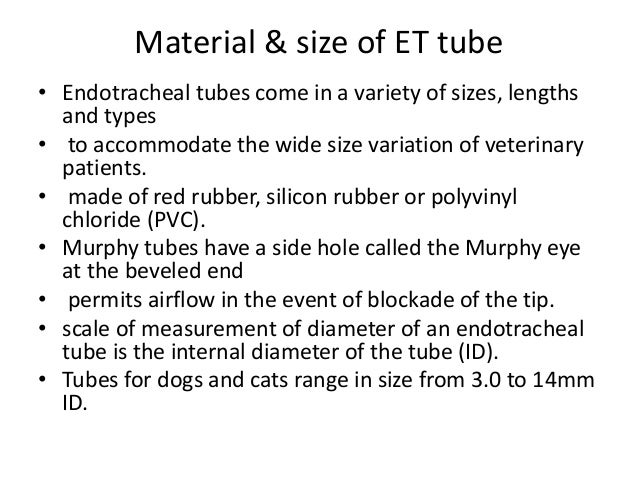



Endotracheal Intubation In Pets



1
Spay/Neuter Clinic Anesthesia Equipment Charts These handy equipment charts can be printed and displayed to show at a glance the correct endotracheal size tube and bag for each patient Results There were statistically significant increases in resistance as the endotracheal tube size increased (p = 0003)When P cuff was mmHg, mean P leak for the 60, 70 and 80% treatments were 97 ± 67, 162 ± 42 and 174 ± 39 cmH 2 O, respectively, but no significant differences were found When P cuff was 25 mmHg, mean P leak for the 60, 70 and 80%Objective To determine the optimal endotracheal tube size in Beagle dogs using thoracic radiography Study design Prospective, randomized, crossover experimental study Animals A total of eight healthy adult Beagle dogs Methods Lateral thoracic radiographs were used to measure the internal tracheal diameter at the thoracic inlet



2




Anesthesia Cheat Sheet Pdf Anesthesia Clinical Medicine
The appropriate size endotracheal tube is critical to successful intubation Using a tube that is too large can cause trauma to the larynx and trachea, whereas a tube i) insure adequate anesthetic is present in the vaporizer ii) check for any system leaks iii) confirm adequate oxygen source iv) select circuit hoses (1) the circuit hoses should always be significantly larger than endotracheal tube diameter to minimize system resistance (2) pediatric tubes for patients under lbsCurrent Practices in Endotracheal Tube Size Selection for Adults Laryngoscope 21 Sep;131(9) doi /lary Epub Oct 29 Authors Austin C Cao 1 , Shruthi Rereddy 2 , Natasha Mirza 2 Affiliations 1 Perelman School of




Anesthesia Exam 1 Flashcards Quizlet




Tracheal Tubes Explained Simply
Classic teaching is that we should use the formula (16age)/4 or (age/4) 4 to calculate the uncuffed pediatric ETT size Also, the trachea is reportedly cone shaped, narrowing below the cricoid Two questions ariseThe present study was conducted 1) to develop a method to select the optimal endotracheal tube size in dogs using thoracic radiography, 2) to determine how time affects intracuff pressure and air leak pressures after intubation with an appropriately sized endotracheal tube, and 3) to evaluate the reliability and usefulness of this novel method in clinical practice Recently, Sam Ghali reminded us how important pediatric tube sizes, and how easy to calculate them We think every medical students, interns and PGY1s should know this now Here is his message on Twitter Here's a great way to remember #Pediatric Tube Sizes based on a simple formula for endotracheal tube (ETT) This will get Continue reading Pediatric Tube Sizes –
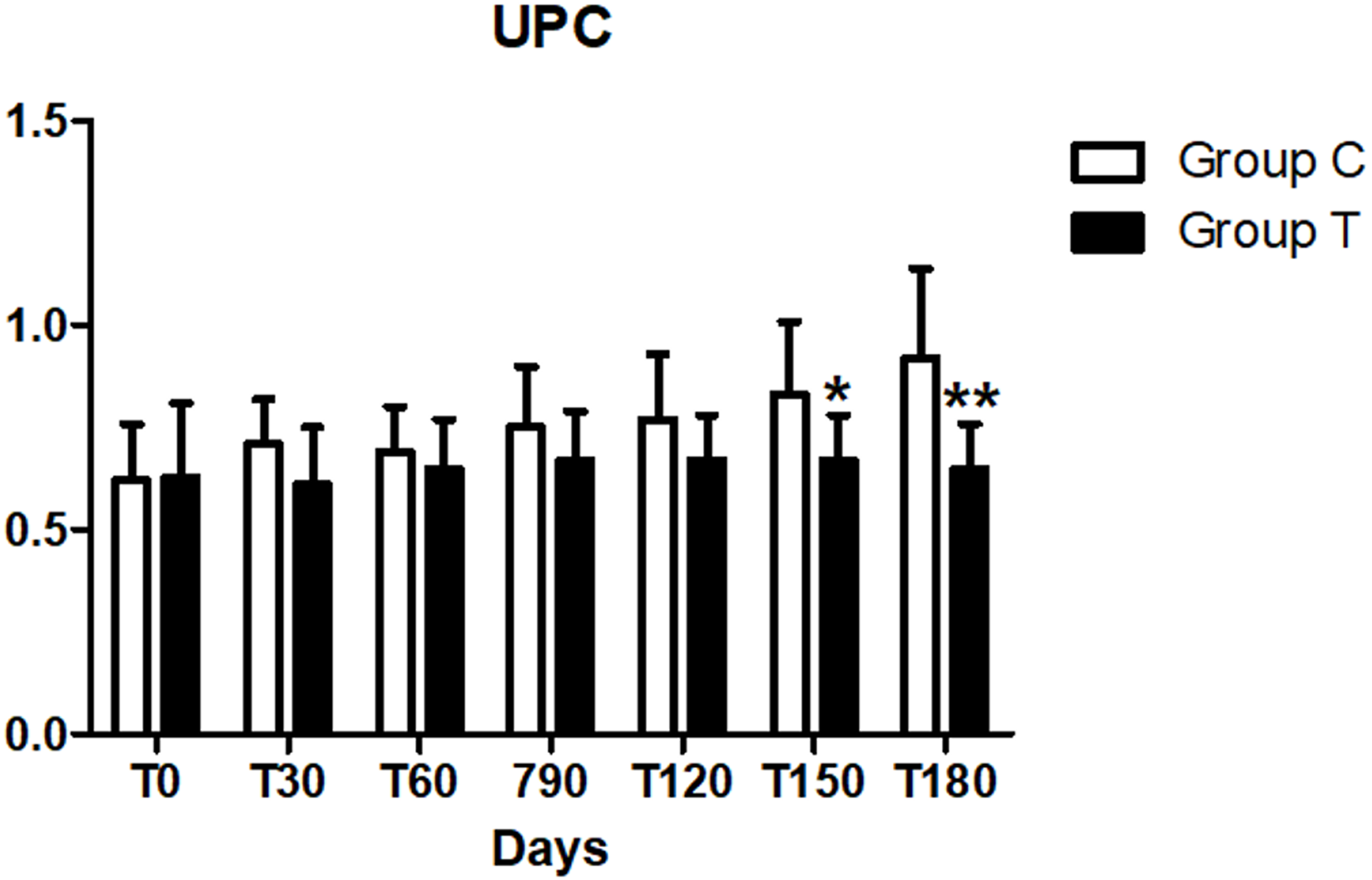



Efficacy Of A New Dietary Supplement In Dogs With Advanced Chronic Kidney Disease Peerj




Intubation Tips And Instructions For Vet Techs
Avian/Small Exotic Cole Endotracheal Tube 40mm $ 2450 Add to cart Avian/Small Exotic Cole Endotracheal Tube 50mm $ 2450 Add to cart Avian/Small Exotic Cole Endotracheal Tube 60mm $ 1800 Read moreTherefore if you ask for a "size 6" endotracheal tube, you are asking for one with an internal diameter of 6 mm The image below shows a size 6 mm endotracheal tube In this particular endotracheal tube, the internal diameter is labelled as "ID 60" and similarly, the outside diameter is labelled as ODSizing chart for pups Every dog is different in size and shape, so please make sure that you measure and double check the sizing of your furbaby before making a size selection Note that each Harness Type does have a different sizing, so please ensure to check the size chart prior to purchasing, as your pup may be in a different size in each type of harness
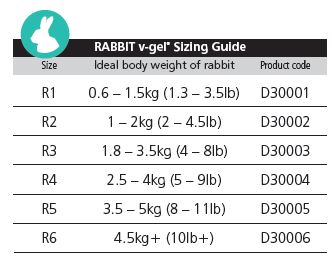



V Gel Advanced Rabbit Docsinnovent
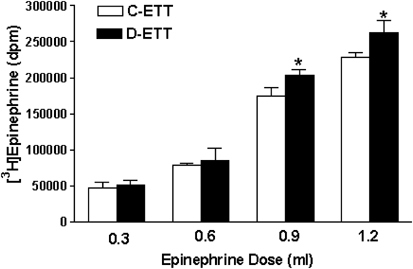



Epinephrine Delivery During Neonatal Resuscitation Comparison Of Direct Endotracheal Tube Vs Catheter Inserted Into Endotracheal Tube Administration Journal Of Perinatology
Endotracheal intubation is the placement of a tube that extends from the oral cavity into the trachea 1 Trauma to teeth or mucous membranes of the mouth, soft palate, pharynx, or larynx 2 Tracheal inflammation or necrosis can be caused by over inflating the cuff or forcing the endotracheal tube in 3Choosing an endotracheal tube The following guidelines are based on the weight of the animal It is a good idea to place the largest tube you can without causing trauma to the larynx or surrounding structures Always use a cuffed ET tube I choose three tubes, one based on the weight of the animal, one half size bigger, and one half size smallerBRIEF COMMUNICATIONS Tracheal Diameter Predicts Doublelumen Tube Size A Method for Selecting Left DoubleLumen Tubes Jay B Brodsky, MD*, Alex Macario, MD*, and James B D Mark, MDt Departments of *Anesthesiology and Cardiothoracic Surgery, Stanford University School of Medicine, Stanford, California
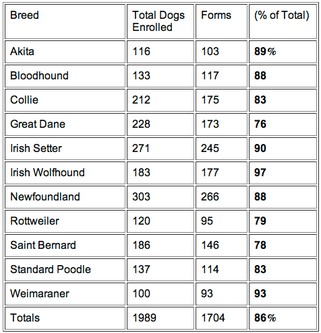



Bloat Purdue Study The Institute Of Canine Biology
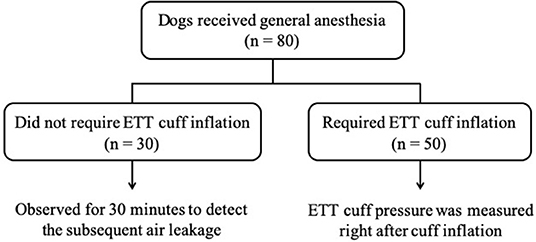



Frontiers Evaluation Of Endotracheal Tube Cuff Pressure And The Use Of Three Cuff Inflation Syringe Devices In Dogs Veterinary Science
Intubation using a 30 mm ID endotracheal tube in the average sized horse (500 kg) has been documented to have a high rate of tracheal injury The manufacturing specifications of endotracheal tubes may contribute to the incidence of tracheal injury The endotracheal tube (ETT) was first reliably used in the early 1900s1 In its simplest form, it is a tube constructed of polyvinylchloride (PVC) that is placed between the vocal cords through the trachea to provide oxygen and inhaled gases to the lungs It also serves to protect the lungs from contamination such as gastric contents and bloodPortex Blue Line® endotracheal tubes (SIMS Portex, Hythe, United Kingdom) with ID size ranging from 25 to 40 and Vygon® endotracheal tube (Vygon, Ecouen, France) ID size were used The largest endotracheal tube that could be introduced without deforming the cricoid ring was considered to be the largest size tube that would not result in injury to the upper airway
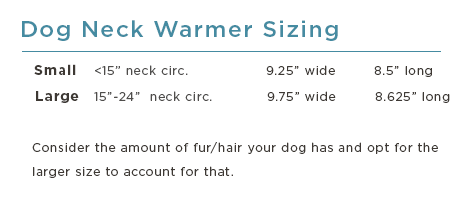



Good Dog Bandana Neck Tube Blaze Turtle Fur



1
Pass the endotracheal tube through the glottis and into the trachea until tip of tube is midway between larynx and thoracic inlet (you have premeasured this prior to induction so you should know about how far to insert) You MUST visualize the tube going into the trachea, don't try to do it blindly as this is how mistakes are made 8Endotracheal tube insertion,endotracheal tube care,endotracheal tube suctioning,endotracheal tube procedure,endotracheal tube tie,endotracheal tube sizes,endThis 2–3inchlong (51–76 mm) curved metal or plastic tube may be inserted into a tracheostomy stoma (following a tracheotomy ) to maintain a patent lumen




Spay Neuter Clinic Anesthesia Equipment Charts Aspcapro



2
Endotracheal tube size in dogs using thoracic radiography, 2) to determine how time affects intracuff pressure and air leak pressures after intubation with an appropriately sized endotracheal tube, and 3) to evaluate the reliability and usefulness of this novel method in clinical practice INTRODUCTION Endotracheal intubation describes the procedure of inserting a tube into the trachea The three main indications for tracheal intubation are (1) provision of a patent airway in a patient with upper airway obstruction, (2) protection against aspiration in a patient without normal airway protection reflexes, and (3) administration of oxygen, gaseousOnce the endotracheal tube is in place, place a sterile polypropylene catheter into the center lumen of the tube and administer 510 mls of sterile saline Immediately use manual suction (in this case, a 60 ml syringe) to aspirate back quickly Simultaneously, someone should gently coupage the dog during suction to help with fluid accumulation
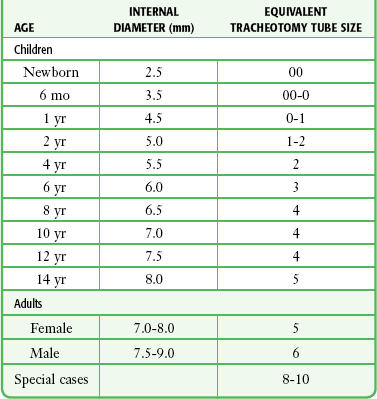



Tracheal Intubation Veterian Key




Endotracheal Intubation Yes Veterinary Nurses Can Learn It Too Australian College Of Veterinary Nursing
MSD and the MSD Manuals Merck & Co, Inc, Kenilworth, NJ, USA (known as MSD outside of the US and Canada) is a global healthcare leader working to help the world be well The endotracheal tube (ETT) size formula, (age/4) 35, with a cuffed tube makes more sense anatomically Why does this matter?A graphic chart for ETS selection in dogs, using body mass, was designed in this study and was demonstrated to be accurate for Ets prediction in MDC dogs but not in brachycephalic dogs Objective To identify phenotypic parameters correlating with the inner tracheal diameter (ITD) and endotracheal tube size (ETS) in adult dogs and to develop a chart for ETS estimation




Endotracheal Tube Size Calculator Formula




Amazon Com Endura Flap Pet Door Double Flap Wall Mount Large Flap 10 X 18 Bronze Pet Supplies
Endotracheal Tube Usage Tips Guidelines in Choosing an Endotracheal Tube Choosing an endotracheal tube needs to be done prior to inducing anesthesia Diameter The most reliable method to judge the diameter of the endotracheal tube to be chosen is to gently palpate the trachea It is recommended to selectChart Dividers & Tabs EndTab Folders Fastners & Accessories File Envelopes File Pockets Filing Units Outguides TopTab Folders Fluids & IV Administration Blood Collection Supplies Fluid Warmers IV Administration Sets IV Fluids IV Pumps IV StandsEspecially designed with the cooperation of leading research centers for use in swine Silicone Graduated marking with standard adaptor, inflatable cuff, radiopaque, and lateral Murphy eye Extralong length 8mm id x 18″ (47cm) Additional information Weight 01 lbs Dimensions 1925 × 4 × 1 in




Reservoir Bag Size Chart Dog Nar Media Kit
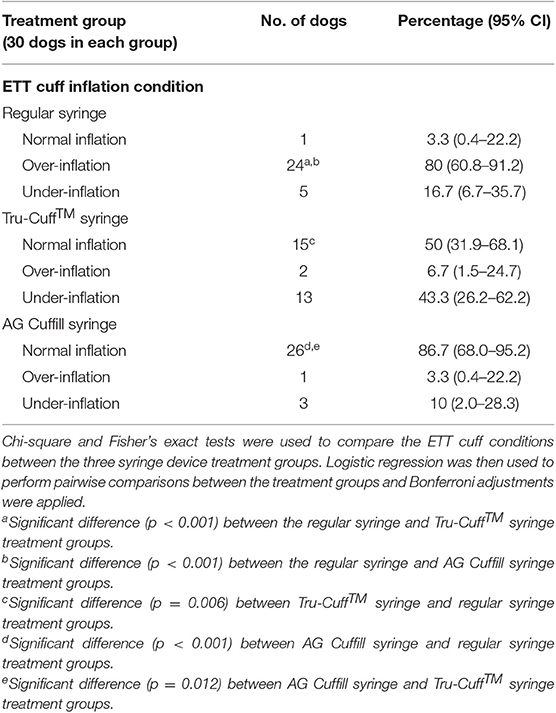



Frontiers Evaluation Of Endotracheal Tube Cuff Pressure And The Use Of Three Cuff Inflation Syringe Devices In Dogs Veterinary Science
Endotracheal tube (ETT) size The choice of ETT internal diameter (ID) can be estimated as gestational age in weeks divided by 10 Using this rule, a 25mm ID endotracheal tube would be used for an infant born at 25 weeks' gestation, a 30mm ID for an infant born at 30 weeks and a 35mm ID for an infant born at 35 weeks' gestationSelect an uncuffed tube with an internal diameter of 35 mm for infants up to 1 year of age A cuffed ETT with an internal diameter of 30 mm may be used for infants more than 35 kg and3 You can then secure the ET tube at the correct distance 4 If there is too much tube past the canine, cut to length, ensuring you do not cut the cuff inflation line Measuring diameter Relying on charts that give a particular size of ET tube based on an animal's weight is very inaccurate




Veterinary Medical Records And The Importance Of Documentation Business Solutions For Equine Practitioners Equimanagement
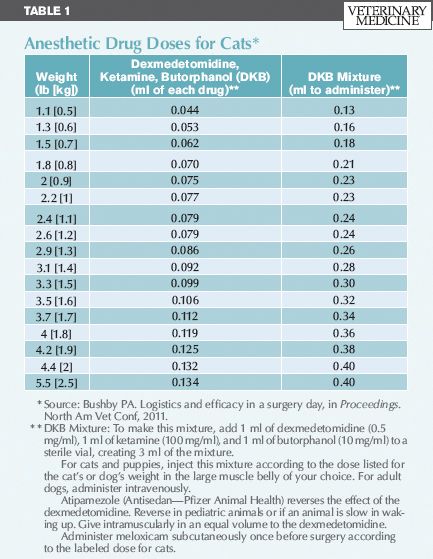



An Overview Of Pediatric Spay And Neuter Benefits And Techniques
Step by step guidance through placement of ET tube in preparation for surgery Performed by Registered Veterinary Technicians and Doctors of Veterinary Medic




Dental Anaesthesia And Analgesia Of The Dog And Cat The Veterinary Nurse
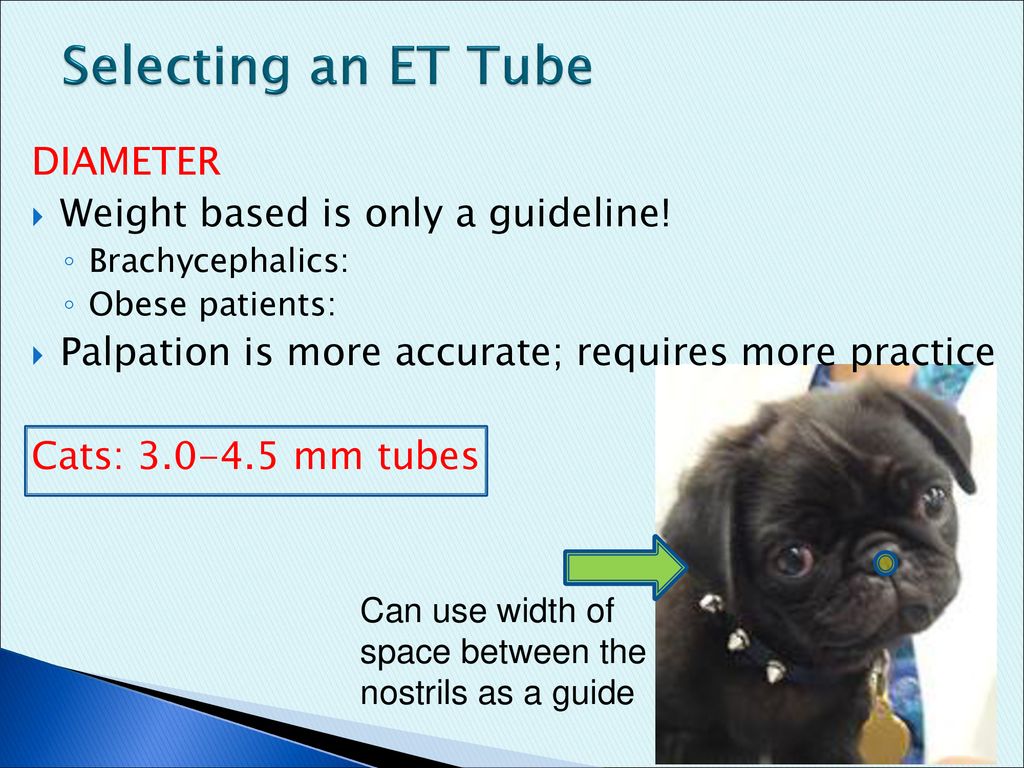



Endotracheal Intubation Of Dogs And Cats Anesthetist Ppt Download




How To Place Commonly Used Feeding Tubes In Dogs And Cats The Veterinary Nurse




Et Tube Chart Dental Specialist Lean Body Dental
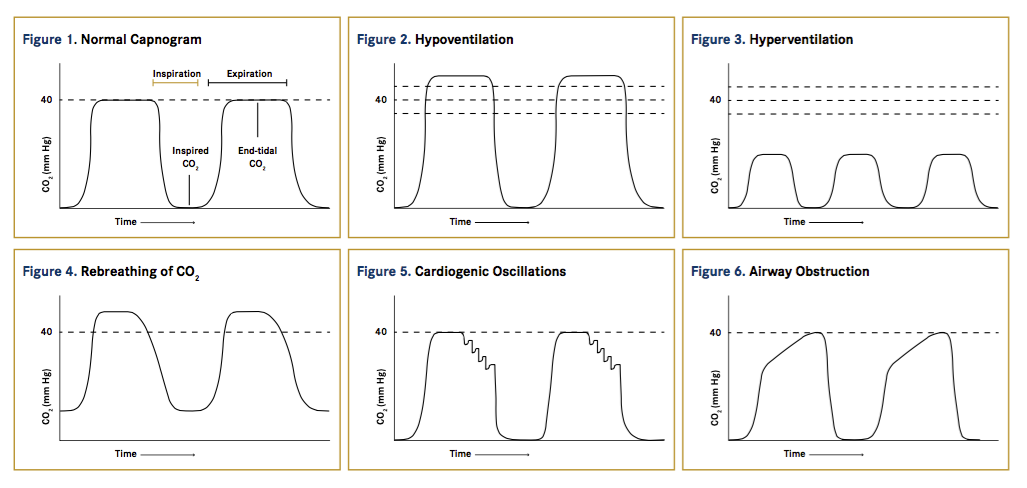



Avma 17 Anesthesia Monitoring With Capnography



2
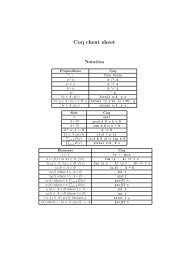



Anesthesia Cheat Sheet
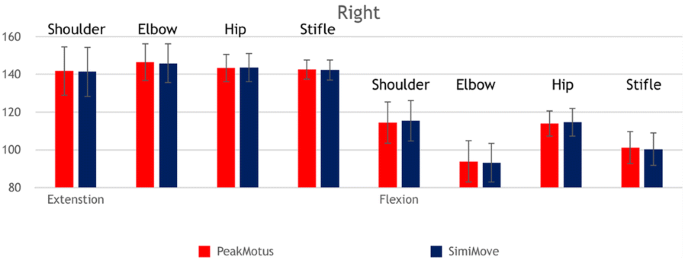



Proceedings Of The 10th International Symposium On Veterinary Rehabilitation And Physical Therapy And The Summit Of The American Association Of Rehabilitation Veterinarians And The American College Of Veterinary Sports Medicine And Rehabilitation
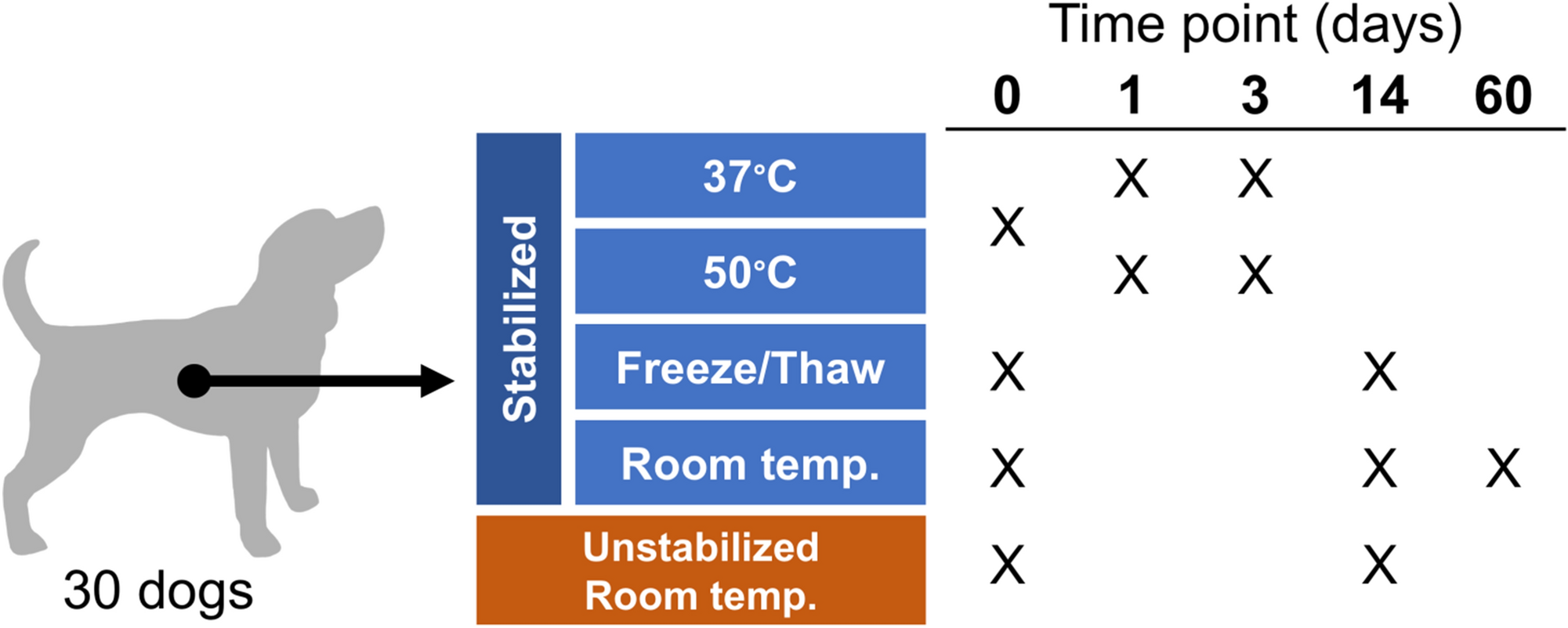



An Ambient Temperature Collection And Stabilization Strategy For Canine Microbiota Studies Scientific Reports




Read This Anesthesiology Article By Rachael Lucero Rvt




Endotracheal Intubation In Pets




Endotracheal Tube Size Chart Natan
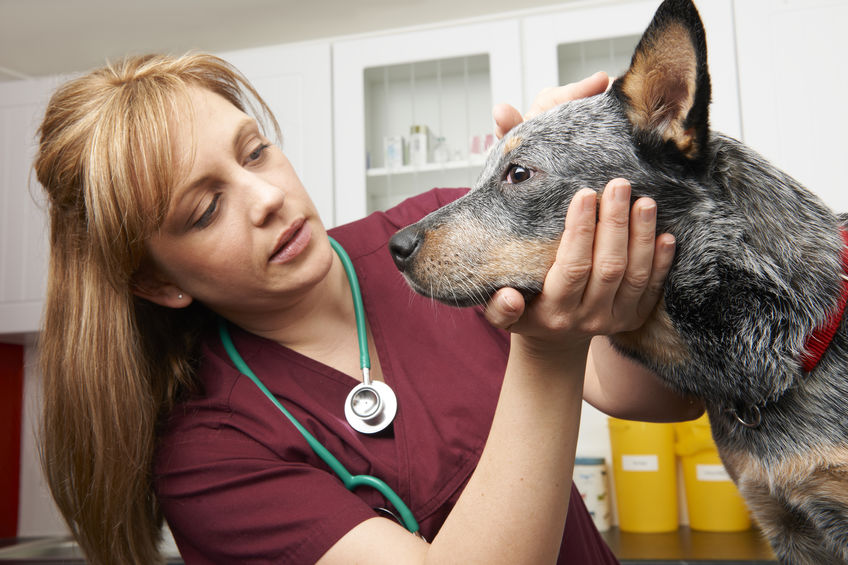



Development Of A Clinical Tool To Aid Endotracheal Tube Size Selection In Dogs In Focus



Description And Microbiology Of Endotracheal Tube Biofilm In Mechanically Ventilated Subjects Respiratory Care
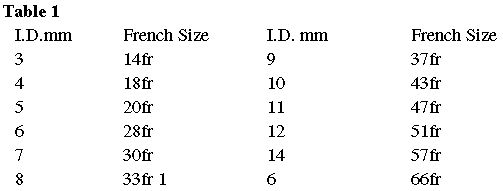



Capture That Airway Everything You Need To Know About Endotracheal Tubes And Difficult Intubations Proceedings




How To Measure An Et Tube 14 Steps Wikihow



Endotracheal Tube




Amazon Com Hakuna Pets Cat Small Pet Door With 4 Way Locks For Interior Or Exterior Doors Up To 1 8 Thick For Pets Up To 11 Lbs Pet Supplies




Vetgrad 10 Minute Top Up Equine 10 Min The Website For Vets




Trauma Airway Management Chapter 3 Trauma Anesthesia
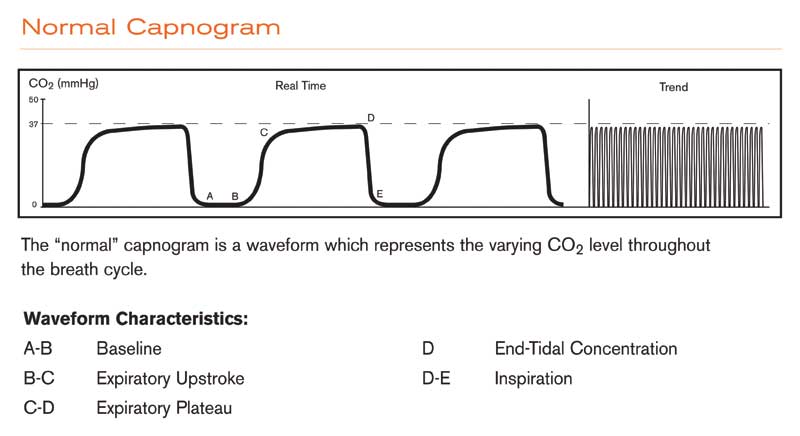



Understanding Capnography And Anesthesia



Cardiovascular And Respiratory Effects Of Lumbosacral Epidural Bupivacaine In Isoflurane Anesthetized Dogs The Effects Of Two Volumes Of 0 25 Solution




Dog Endotracheal Tube Size Chart
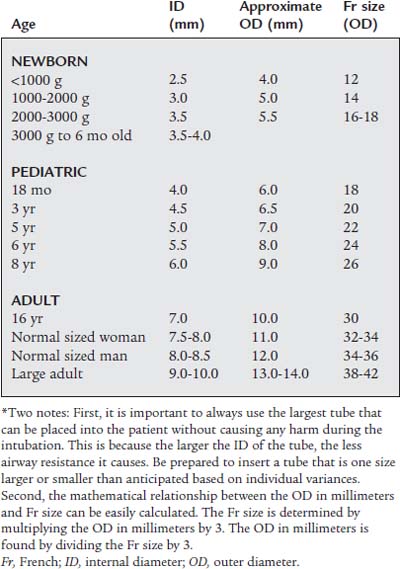



Airway Management Thoracic Key




Endotracheal Intubation Dog Diagram
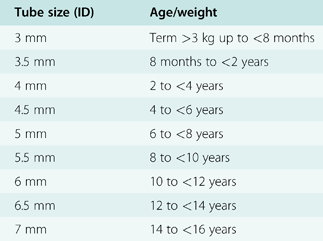



Clinical Section 2 Core Topics In Airway Management




Changes In Specific Serum Biomarkers During The Induction Of Prostatic Hyperplasia In Dogs Bmc Veterinary Research Full Text



3




Selection Of Appropriate Endotracheal Tube Size Using Thoracic Radiography In Beagle Dogs Veterinary Anaesthesia And Analgesia




How To Suture Types And Patterns In Veterinary Surgery The Veterinary Nurse




Reference Chart For Ett Size Selection Download Table
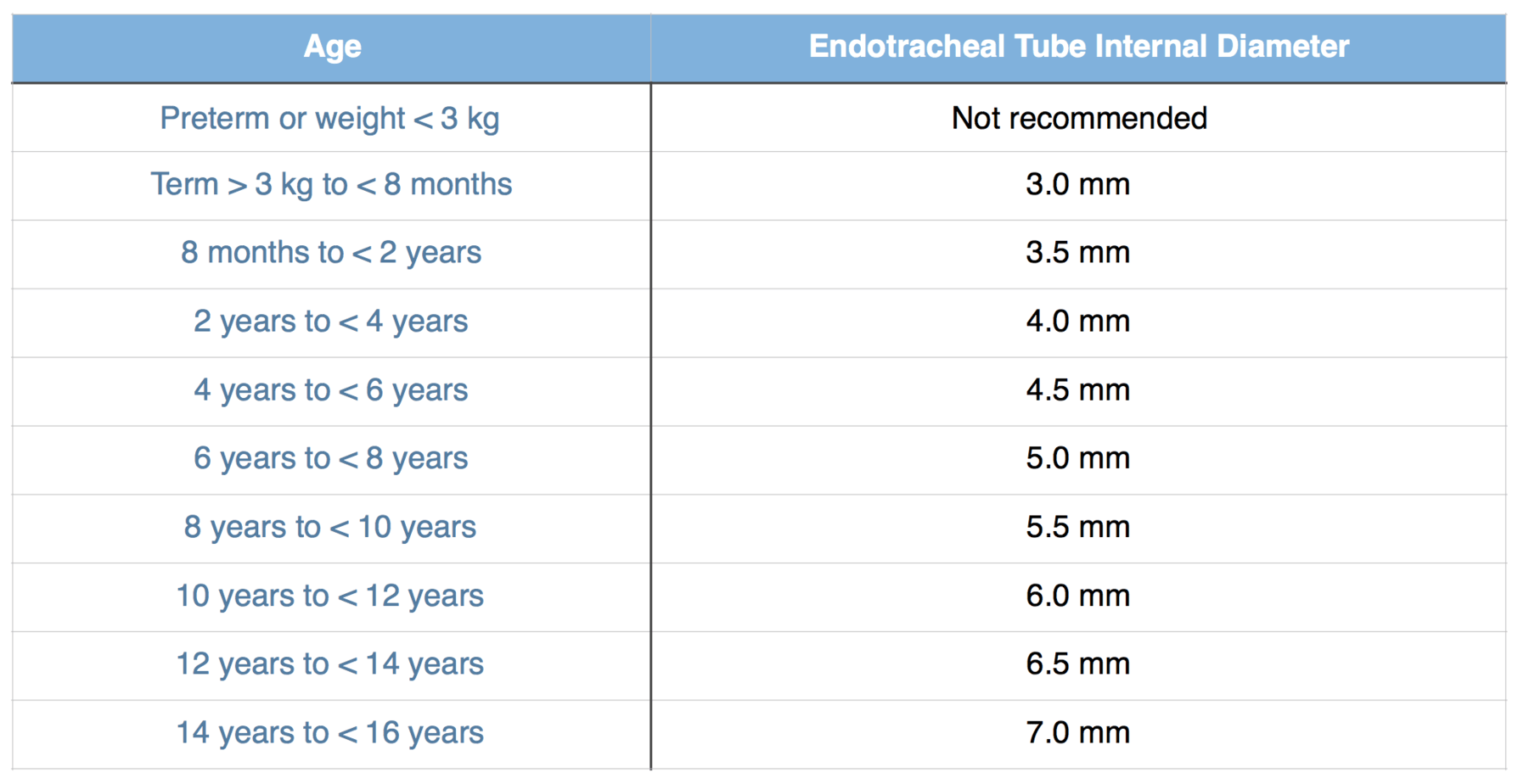



Paediatric Airway Anatomy Paediatric Emergencies




Pet Dog Bed Soft Cushion L Shaped Square Pillow Machine Washable Cover Guardian Pet Store



V Gel Advanced Supraglottic Airway Device Cat Jorgensen Labsjorgensen Labs




Endotracheal Intubation In Pets
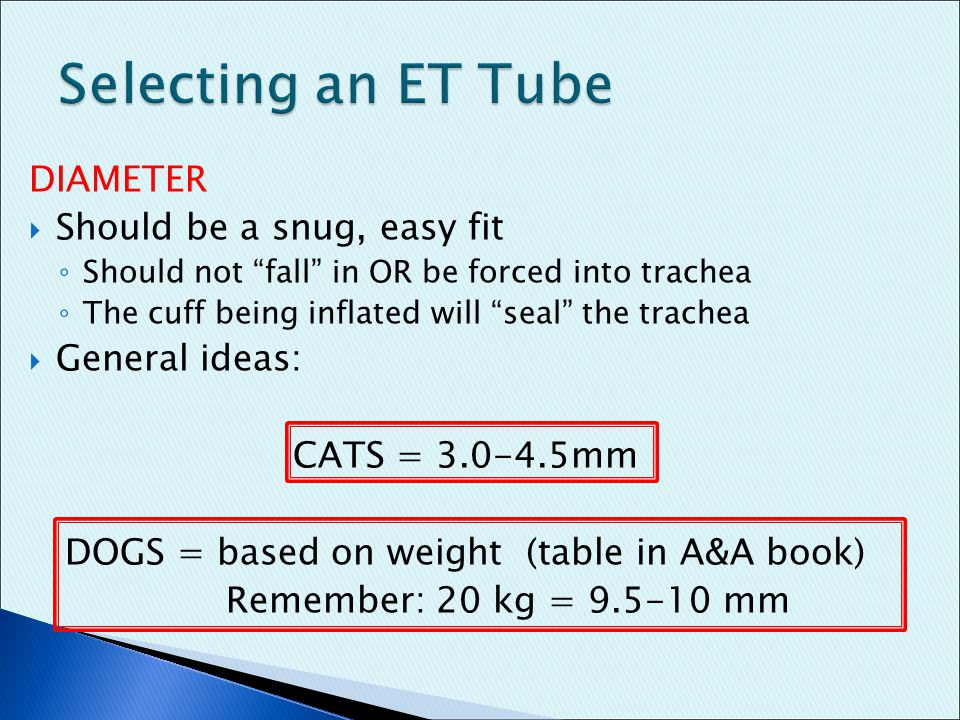



Intubation Of Dogs And Cats Ppt Video Online Download




Learn From Kelli Johnsen In This Anesthesiology Article
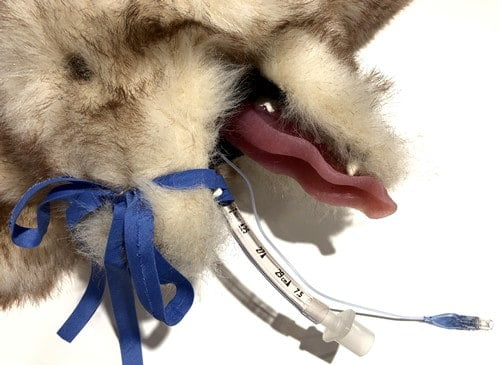



Endotracheal Intubation Yes Veterinary Nurses Can Learn It Too Australian College Of Veterinary Nursing



2
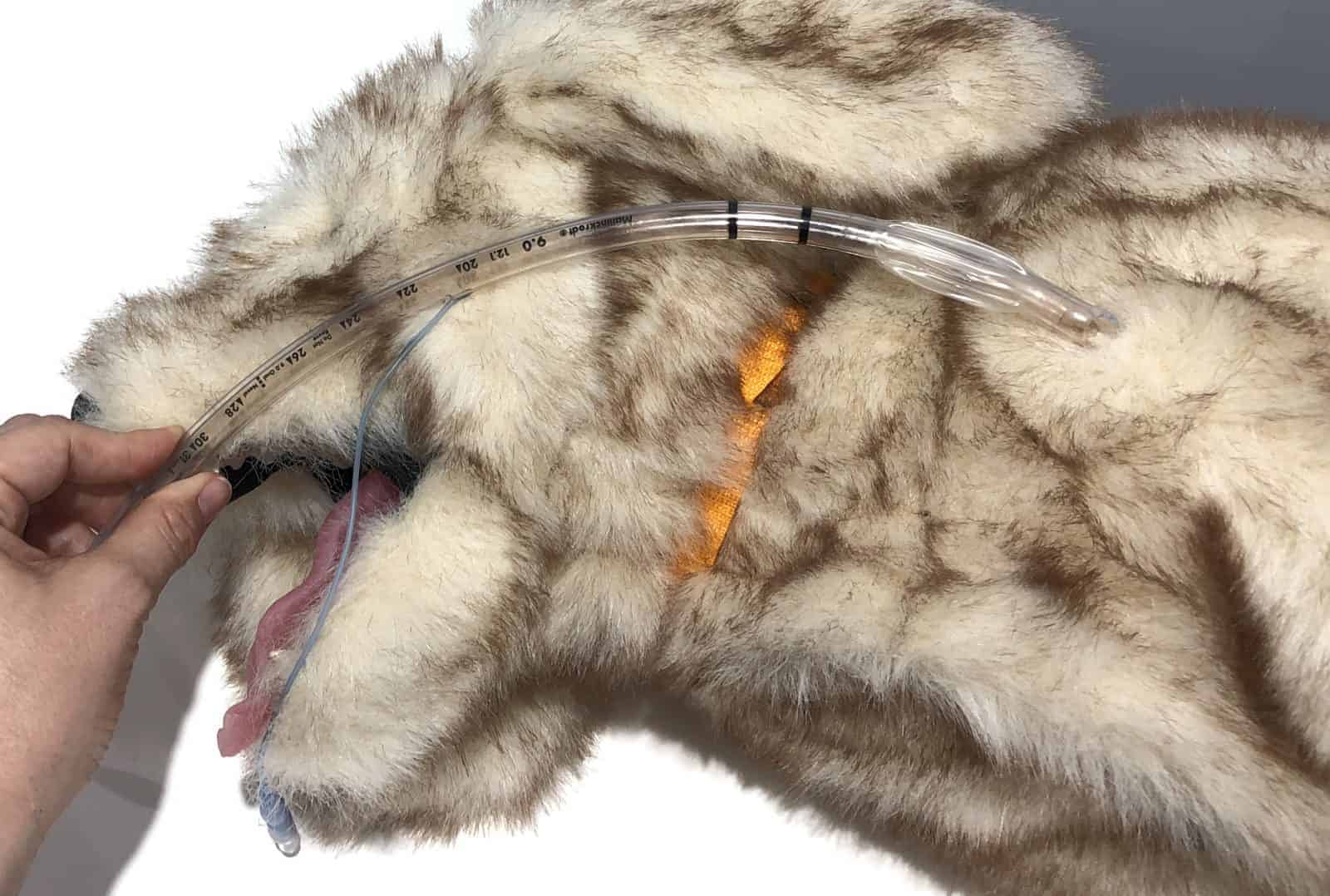



Endotracheal Intubation Yes Veterinary Nurses Can Learn It Too Australian College Of Veterinary Nursing
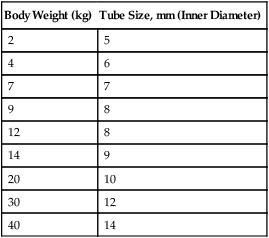



Anesthetic Procedures And Techniques In Dogs Veterian Key




Table 2 1 From Applied Surgical Anatomy Of The Larynx And Trachea Semantic Scholar




Equipment For Paediatric Intensive Care Anesthesia Key




Endotracheal Intubation In Pets
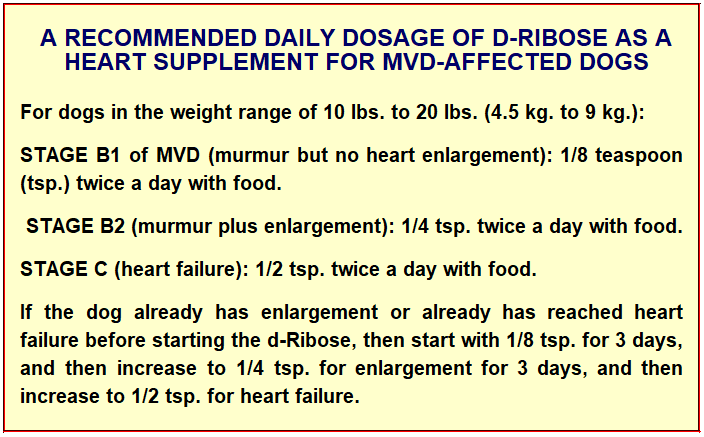



Mitral Valve Disease And The Cavalier King Charles Spaniel




Ivory Pvc North Facing Nasal Profile Soft Seal Cuff Polar Preformed Endotracheal Tube Airway Management Smiths Medical
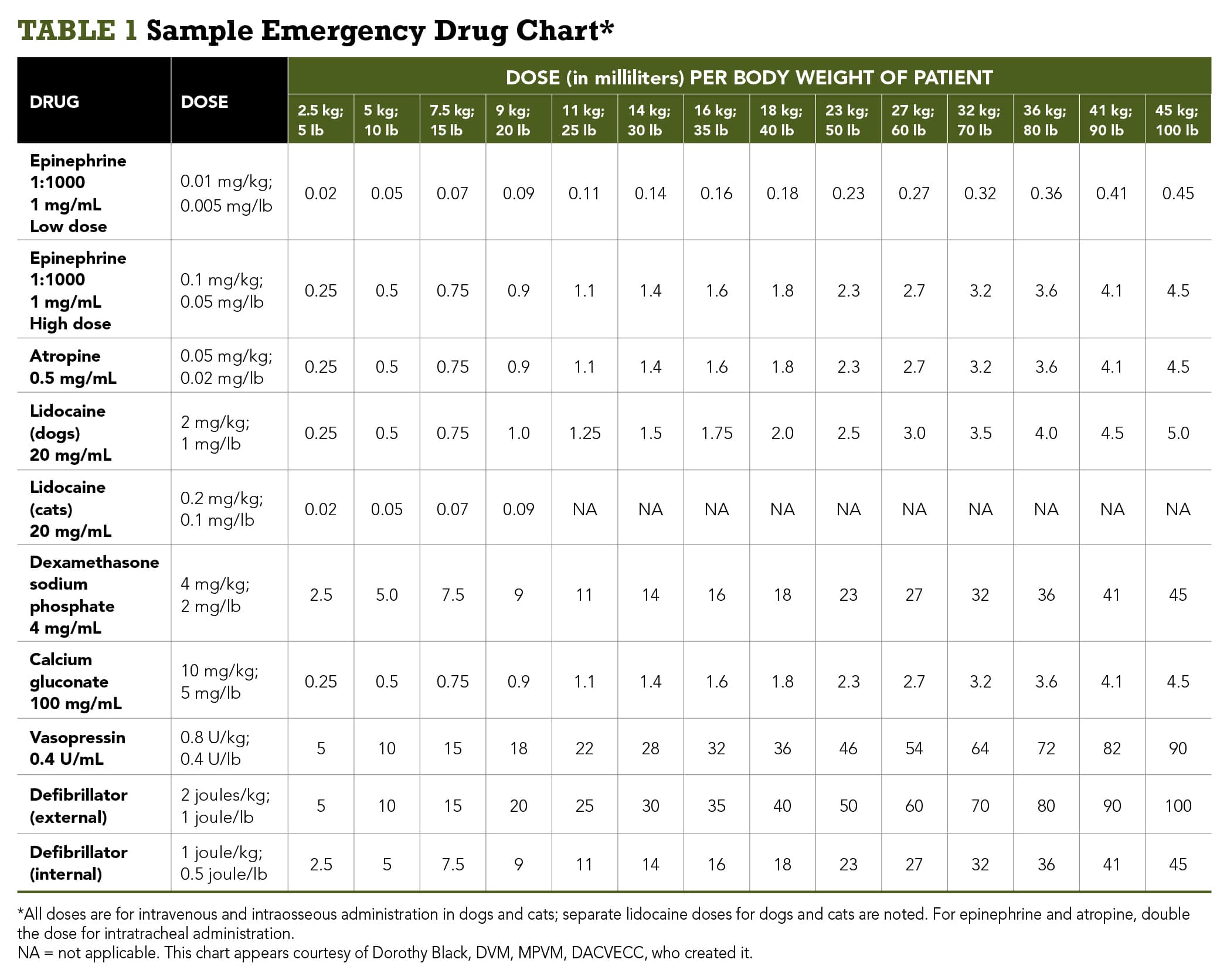



Crash Carts Preparation And Maintenance Today S Veterinary Nurse




Veterinary Anesthesia Reservoir Bag Size Chart Ville Du Muy




Dogcatcher Allows Loop Friendly Protein Protein Ligation Sciencedirect




Insect Shield Bug Repellent Blanket With Permethrin




Wendy Blount Dvm Cpr Update Recover Ppt Download




Dog Endotracheal Intubation




Tracheal Tubes Explained Simply




Read This Anesthesiology Article By Rachael Lucero Rvt




Diluting Marquis Paste University Of Wisconsin Madison Shelter Medicine Program
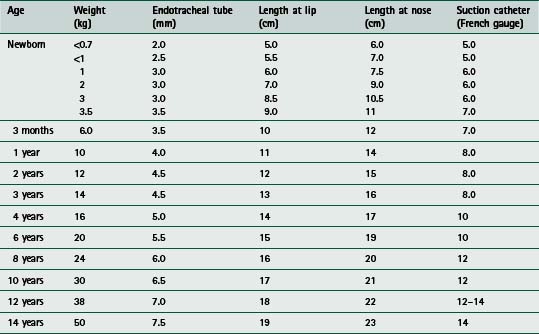



Paediatric Mechanical Support Thoracic Key
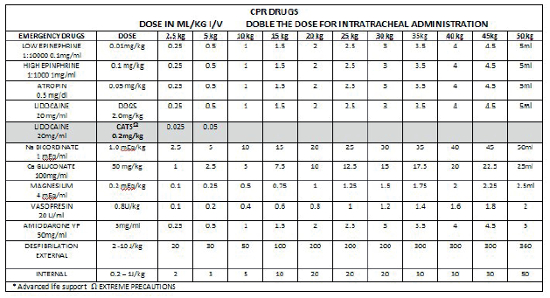



Is My Clinic Prepared For Emergency Patients Wsava 15 Congress Vin




Pdf Endotracheal Tube Selection In Children A Comparison Of Four Methods




Dog Pneumonia Shefalitayal




Handling And Techniques Veterian Key




Anesthetic Monitoring Devices To Use And What The Results Mean Today S Veterinary Practice
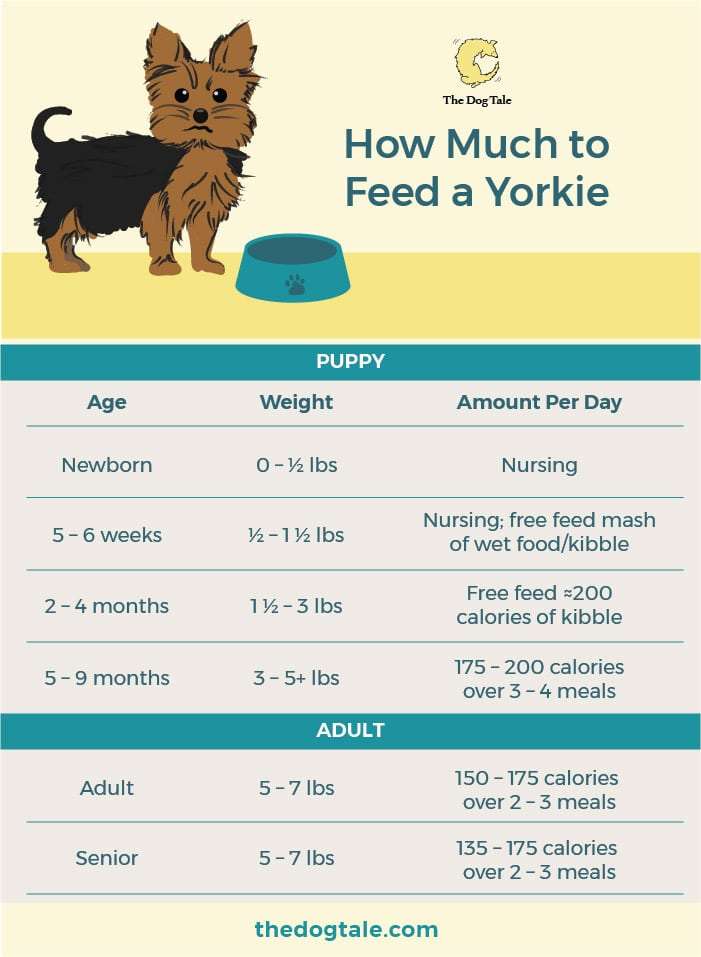



Purchase Newborn Puppy Feeding Chart Up To 67 Off
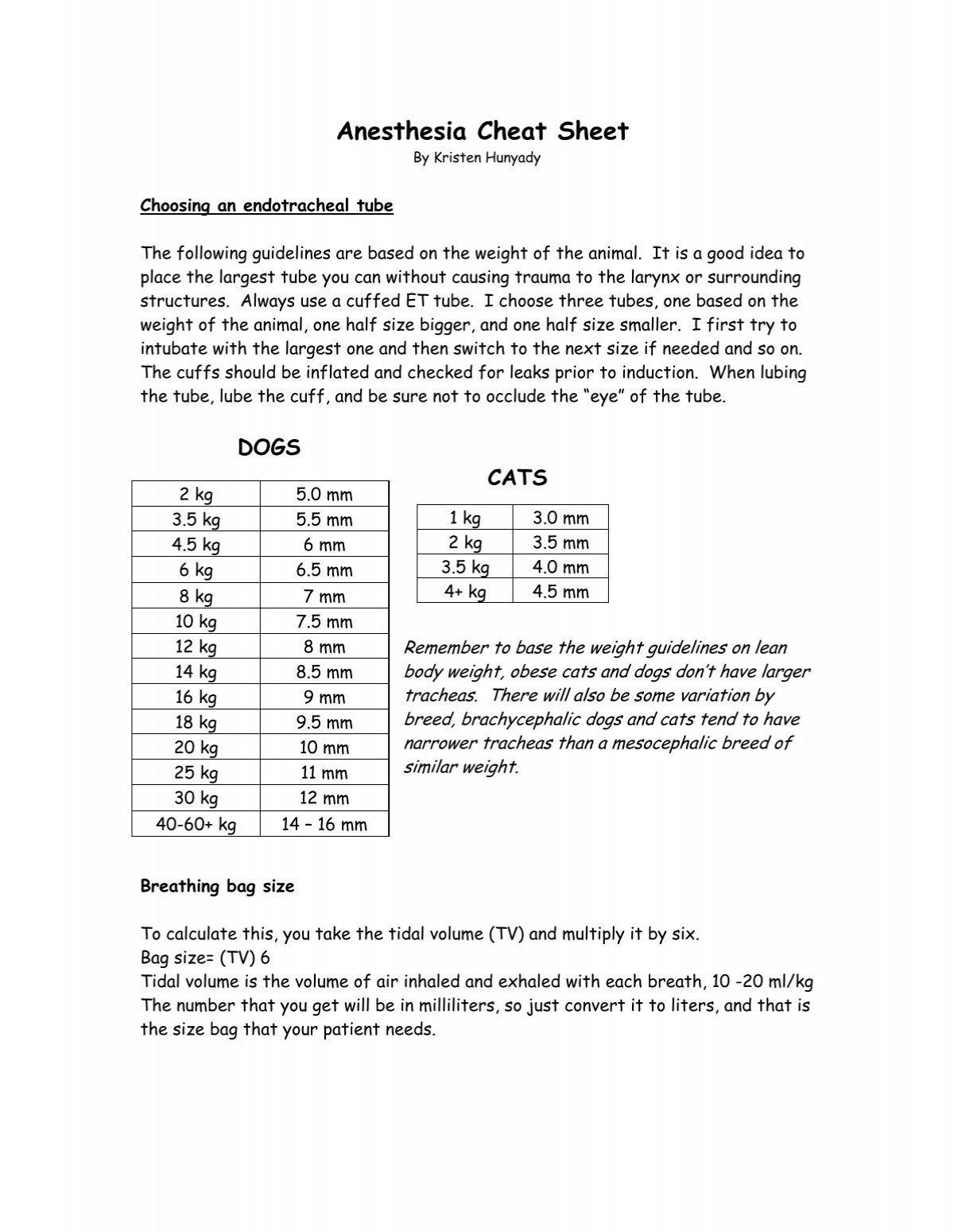



Anesthesia Cheat Sheet




A Pilot Study Evaluating The Utility Of A Novel Tube Cricothyrotomy Te Vmrr




Endotracheal Tubes Archives Jorgensen Labsjorgensen Labs
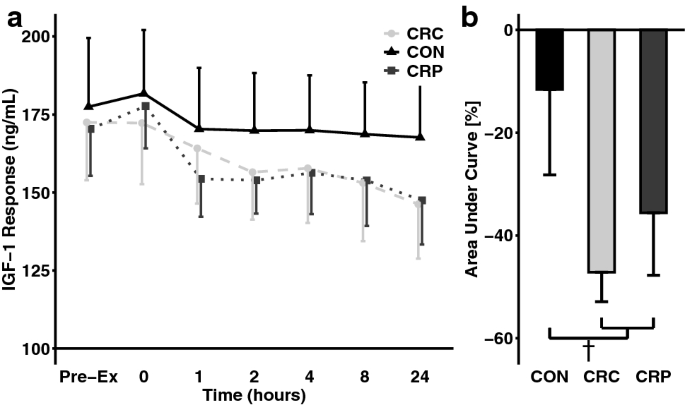



Caloric Restriction Induces Anabolic Resistance To Resistance Exercise Springerlink
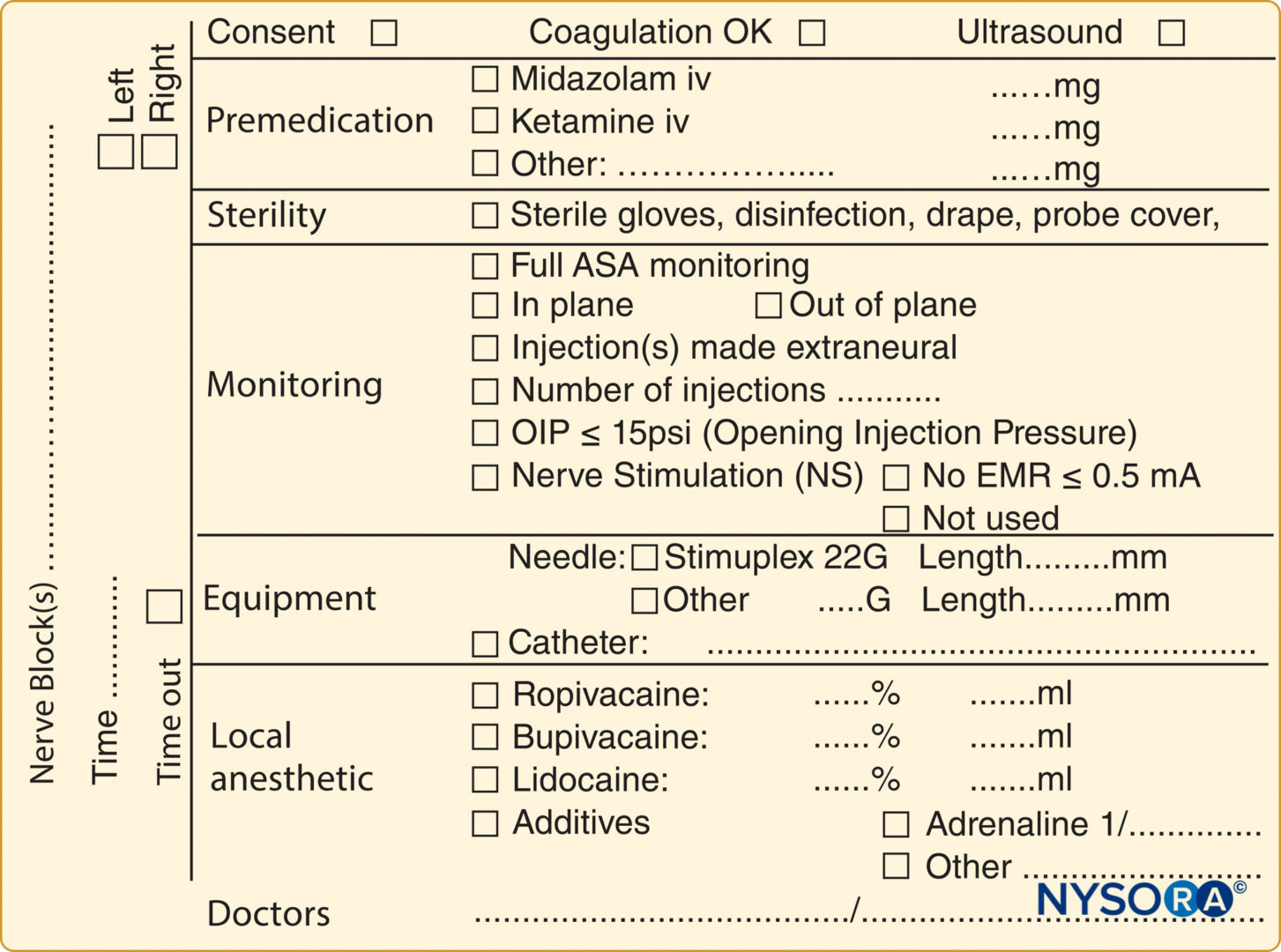



Equipment For Regional Anesthesia Nysora
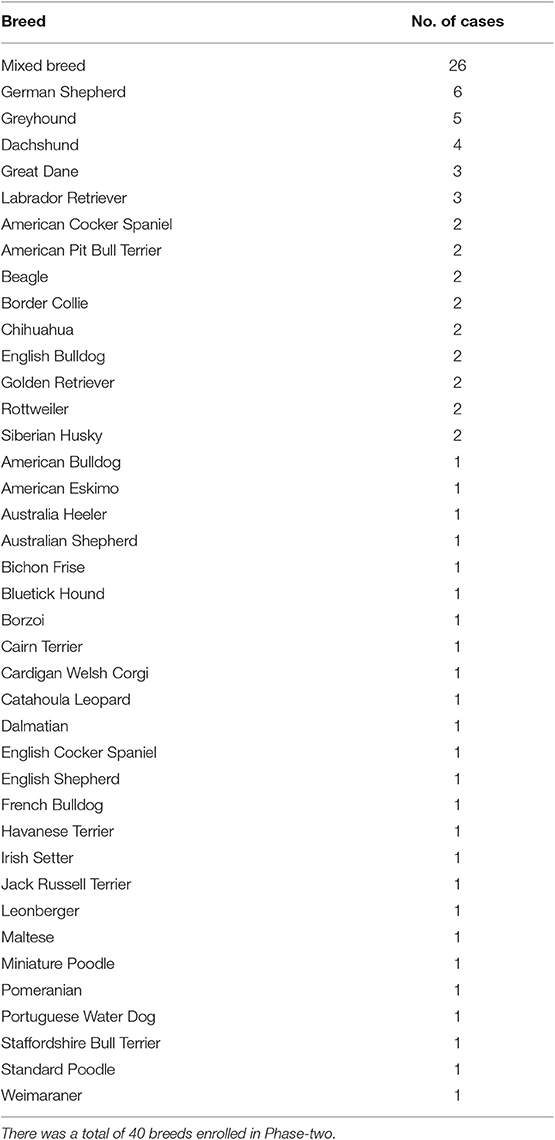



Frontiers Evaluation Of Endotracheal Tube Cuff Pressure And The Use Of Three Cuff Inflation Syringe Devices In Dogs Veterinary Science




Childhood Emergencies Anesthesia Key




Reference Chart For Ett Size Selection Download Table




Anatomy Chart Muscular System




Et Tube Size Chart Natan




Cpr For Dogs And Cats The Recover Guidelines




Intubation Tips And Instructions For Vet Techs




Spay Neuter Clinic Anesthesia Equipment Charts Aspcapro




Anesthesia For Companion Birds Vetfolio




En Hizli Endotracheal Tube Size Formula Dog




Reference Chart For Ett Size Selection Download Table




Table 1 From Endoscopic Intubation Of Exotic Companion Mammals Semantic Scholar




Endotracheal Tubes Youtube
コメント
コメントを投稿